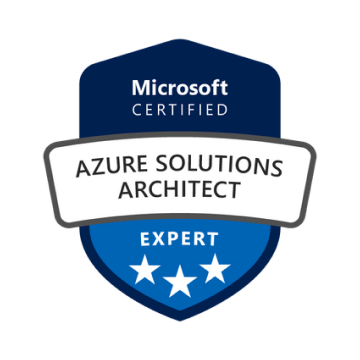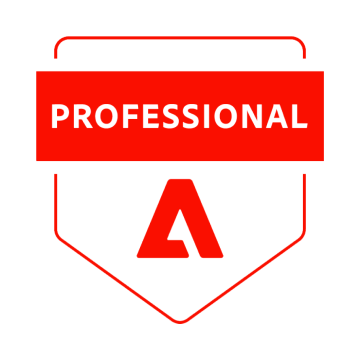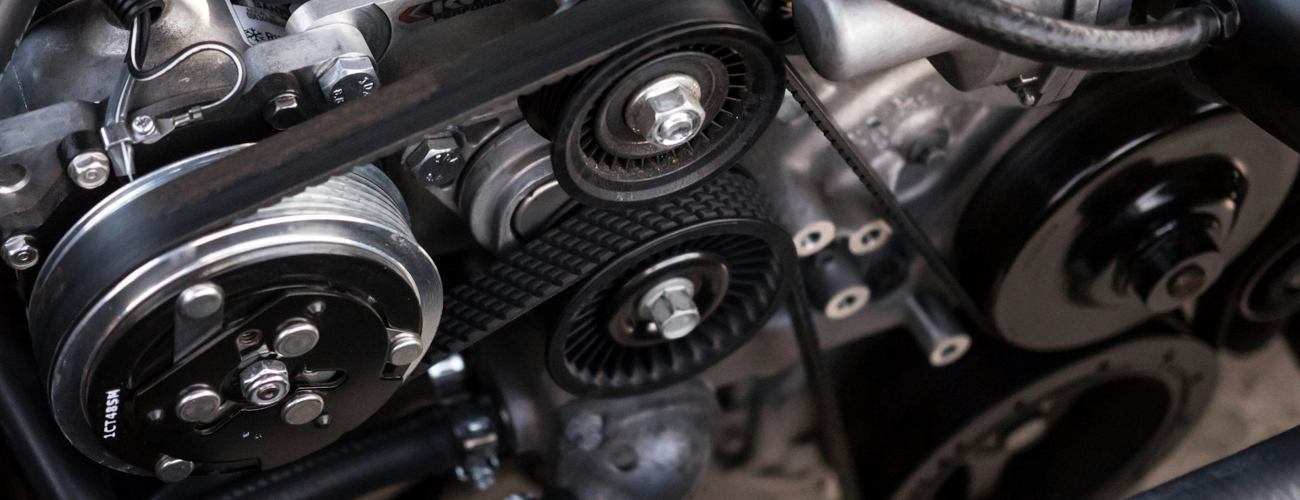Construction IT Solutions
Capital projects in energy live or die on coordination across engineering, field crews, and operations. We design and integrate the digital stack that connects planning (ERP and project controls) with design (BIM), field execution (mobile work orders, QA/QC, timekeeping), and operations systems (SCADA/CMMS), so leaders see accurate cost, schedule, quality, and safety data in one place. If you’re running EPC portfolios, our construction IT solutions align tools and workflows with how your sites actually operate – material traceability, contractor onboarding, change management, asset turnover, and maintenance readiness – so decisions happen faster and rework drops.

Our Offerings
BIM + CDE Integration
We connect design models and documents to a Common Data Environment, so RFIs, submittals, and revisions tie back to a single source. Model properties become usable in field apps and reports, linking drawings to work packages, quantities, and QA/QC. The result: fewer handoffs, tighter change control, and faster answers to site questions.
Project Controls & ERP
We integrate project controls (WBS, P6, cost codes) with ERP (SAP/Oracle/Dynamics) to sync commitments, accruals, and actuals. Progress and earned value roll up automatically from field data, giving finance and operations the same view of cost and schedule risk. Change orders flow through one pipeline with clear audit trails.
Workface Planning & AWP
We convert engineering, materials, and constraints into executable work packages. Rules drive path-of-construction and readiness checks, while status moves from engineering to installation to testing. Supervisors see what’s truly ready to build, not just what’s on paper.
Field Mobility & Digital Forms
Crews get mobile work orders, timekeeping, permits, inspections, and LEMs – offline-capable for remote sites. Barcode/RFID ties tools and materials to tasks; photo and GPS context reduce disputes. Data syncs to project controls so progress and productivity are visible daily.
QA/QC & Weld/NDT Traceability
We manage ITPs, punch lists, and nonconformance from the same data set that drives turnover. Weld maps link to procedures, welder continuity, and NDE results; heat numbers and MTRs stay attached to the line item. Turnover dossiers export with no last-minute document hunts.
Commissioning & Turnover (MC/SC)
We build the completions database by system and subsystem, with check sheets, loop folders, and punch closure status. Handover delivers clean tags, spare parts, and structured asset data for CMMS, cutting the gap between mechanical completion and start-up.
How We Bring Value To Your Business
We connect project controls, design data, and field execution into one operational picture, so energy leaders can act on reliable cost, schedule, quality, and safety signals every day.
1
Predictable Cost & Schedule
Progress, commitments, and actuals flow from field apps into P6 and ERP without manual re-entry. Earned value and productivity trends are visible by WBS and work package, with forecast curves that update from real installation and inspection data. Leaders spot variance early and course-correct before it hits the critical path.
2
Fewer RFIs & Less Rework
A single source for drawings, specs, and submittals ties revisions to work packages and QA/QC gates. Crews see the latest model and documents on mobile, with photo and GPS context. Linking issues to cost and schedule impact reduces change friction and cuts repeat work across construction sites.
3
Higher Field Productivity
Supervisors receive ready-to-build work based on constraint checks across engineering, materials, permits, and access. Timekeeping, LEMs, and inspections work offline for remote locations, then sync to project controls. The result is more time on tools and fewer delays waiting on answers or materials.
4
Materials Flow that Protects the Critical Path
Receiving, kitting, and laydown are barcode/RFID driven, mapped to work packages and look-ahead plans. Shortages and substitutions surface before crews are on the line, and expedites are prioritized by schedule impact. Inventory accuracy improves, and urgent moves drop.
5
Stronger Commercial Controls & Claims
Changes, RFIs, and field discoveries land in one log with timestamps, photos, and responsible parties. Cost and schedule deltas roll up by contract and package, creating contemporaneous records for negotiation. Disputes resolve faster because evidence is tied to the originating transaction.
6
Faster Commissioning & Handover to Operations
Mechanical completion, subsystem walkdowns, and punch closure feed a structured completions database. Clean tag hierarchies, attributes, and spares export directly to CMMS and PI/SCADA, shortening the gap from commissioning to stable operations. Assets start life with the data maintenance teams need.
Challenges We Commonly Solve
Energy capital projects often stall for familiar reasons. We remove these roadblocks by connecting core systems and governing the data that moves from design to field to operations.
Cut delays, not corners.
Why Choose WiserBrand
You get an experienced integration partner that connects design, project controls, field execution, and operations—using the tools you already run—so leadership can manage risk and delivery across large construction and energy projects with confidence.
1
Proven EPC/IT/OT Integration
We align BIM/CDE, Primavera P6, ERP (SAP/Oracle/Dynamics), CMMS, and SCADA/PI with consistent IDs (tags, WBS, cost codes) and tested APIs/ELT pipelines. Metadata from models and documents maps to work packages and QA/QC, so numbers match across systems and teams work from the same record of truth.
2
Built for the Field
Advanced Work Packaging and workface planning drive ready-to-build checks across engineering, materials, permits, and access. Mobile forms (time, LEMs, inspections) work offline; barcode/RFID ties materials and tools to tasks; crews always see the latest drawings and specs. Progress is captured at the source, protecting critical path activities.
3
Operations-Ready Handover
We stand up a completions database by system/subsystem, apply tag standards (e.g., ISO 14224/15926), and export clean asset hierarchies and attributes to CMMS and PI/SCADA. Maintenance and reliability teams start with trustworthy data on day one, and digital-twin initiatives have a solid foundation.
Cooperation Models
Pick the engagement style that fits your portfolio’s pace and governance; each model can stand alone or stack into the next.
A focused engagement to map current systems (BIM/CDE, P6, ERP, CMMS, SCADA), define interfaces and identifiers (tags, WBS, cost codes), and produce an integration blueprint with phased releases, risks, and budget ranges. You leave with a clear scope for the first wave – often CDE↔field data capture, materials, and project controls – plus the data model and governance needed to keep numbers consistent.
A cross-functional team (architect, integration engineer, data engineer, QA, PM) delivers increments tied to business outcomes: e.g., workface planning readiness, weld/NDT traceability, or commissioning handover. Each milestone includes configuration, integrations, data migration, testing, training, and handover to site teams. Billing aligns to accepted milestones; change is handled through a visible backlog and stage gates.
Ongoing support for the live stack: incident response, vendor coordination, environment updates, report and dashboard improvements, and small feature releases. We track usage and backlog, rotate improvements into monthly drops, and align the support window to site hours. This keeps construction projects moving while IT maintains control over standards and security.
Our Experts Team Up With Major Players
Partnering with forward-thinking companies, we deliver digital solutions that empower businesses to reach new heights.
Our Approach
We move from problem framing to live usage in controlled increments, linking design, project controls, field execution, and operations so decisions improve with each release.
Discover & Align
Interview engineering, field, finance, and operations leads; map current tools (BIM/CDE, P6, ERP, CMMS, SCADA) and data handoffs; document pain points and decision delays. Set target outcomes (e.g., RFI cycle time, rework rate, time from MC to start-up) and a clear success definition for the first release.
Architecture & Release Plan
Define the data model, identifiers (tags, WBS, cost codes), and governance. Design integrations and ELT pipelines, select the first value slice (e.g., CDE ↔ field capture ↔ project controls), and produce a phased plan with risks, dependencies, and budget ranges.
Build & Integrate
Configure the CDE, implement APIs and data pipelines, link P6 to model elements and work packages, stand up mobile forms for time/LEMs/QA-QC, and connect materials to work packages via barcode/RFID. Establish access rules and audit trails appropriate for site operations.
Pilot on Site & Train
Run the first release on a defined scope (system/subsystem or area). Validate offline behavior, reconcile quantities with planners, and close punch items. Train supervisors and crews using real job packs; gather feedback and iterate before wider rollout across construction sites.
Rollout, Operate, and Improve
Sequence deployment by site or subsystem, execute cutover and data migration, and activate portfolio and site-level reporting. Stand up support and enhancement routines, track KPIs against targets, and add the next use cases (materials flow, commissioning handover, digital-twin prep) as the program matures.
Case Studies
Our case studies highlight the outcomes we’ve delivered and the approaches that made them possible.
Construction IT Solutions FAQ
Version control and field progress capture. We connect the CDE, mobile forms, and project controls so RFIs, quantities, and earned value update from actual site activity.
APIs and ELT pipelines link cost codes, WBS, and schedules across systems. We align master data and keep a clear audit trail so finance, planning, and EPC teams see the same numbers.
Through vendor APIs or flat-file/SFTP drops with shared templates. We validate and map incoming fields to tag, WBS, and cost-code standards, keeping source traceability in reports.
Yes. The apps are offline-first, caching photos, GPS, RFID scans, time, and inspections; they sync with conflict resolution once a connection is available.
A completions database by system/subsystem, a clean asset registry aligned to tag standards (e.g., ISO 14224/15926), loop folders and punch status, plus exports to CMMS/SCADA/PI – ready for digital-twin and maintenance use.























